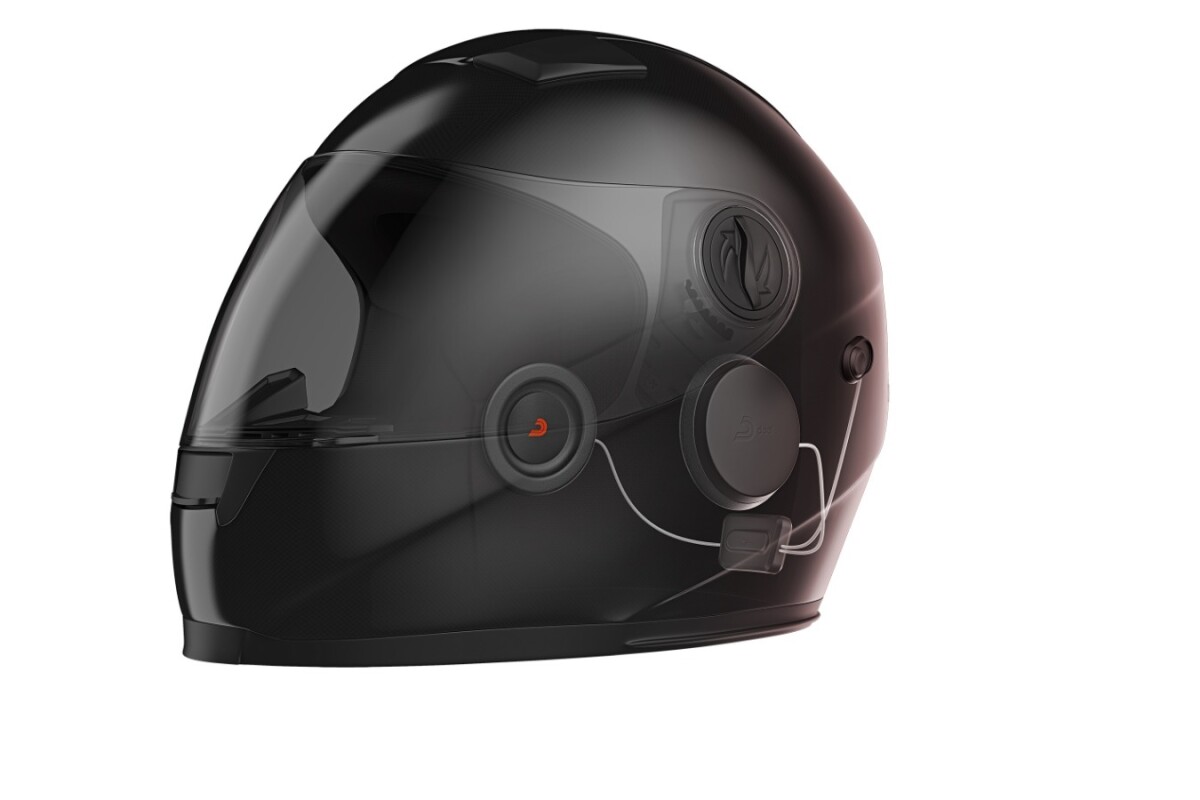According to Norwegian entrepreneurs Dag Loe and Sigmund Birkeland, the wind noise that's generated when motorcycling at highway speeds exceeds 110 decibels – that's equivalent to being one meter (3.3 ft) away from a running chainsaw. With that in mind, they've developed the DAAL wind noise cancellation system for helmets.
As some people will know, Sena already makes a motorcycle helmet with built-in wind noise cancellation technology. The CrossHelmet also utilizes such a system, although it has yet to reach production. DAAL, however, is intended to be a cost-effective feature that can be built into third-party helmets by their manufacturers – further down the road, it is hoped that the system will also be available as a stand-alone product that buyers can install on their existing helmets.
Like other active noise control systems, it incorporates microphones that detect the problematic noise (wind, in this case), along with a processing unit and speakers that respond by emitting a "counter noise" of the same amplitude but with an inverted phase. This creates interference between the original noise and the counter noise, the end result being that they cancel each other out.

Other sounds, such as car horns and sirens, can still be heard. The current prototype works at speeds of up to 140 km/h (87 mph).
"Depending on how we tune it, our system can reduce up to 15 dB in the relevant frequency range," Loe tells us. "We get the highest levels of noise reduction if we tune our system towards the lowest frequencies, since this is where most of the wind noise energy is located. However, human hearing is less sensitive at lower frequencies, so we are currently in a testing phase to figure out exactly what is the optimal tuning, for maximal subjective attenuation without removing traffic sounds."
It is hoped that the system will be commercially available to helmet manufacturers by 2020, with an add-on system for consumers set to follow sometime after. The technology was showcased last week at the EICMA show in Milan.
Source: DAAL





